NASA’s Juno spacecraft made another full circle around Jupiter and took close-up images of the moon Io. The new data sent to Earth includes images of the giant planet’s volcanic moon taken from about 86,000 kilometers away, Forbes reports.
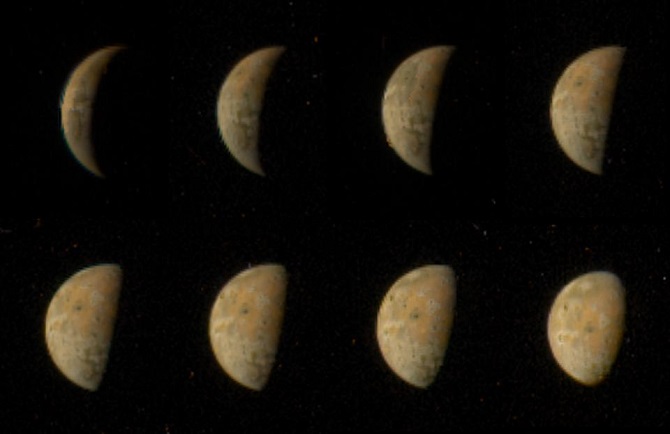
The images were taken by the JunoCam camera aboard NASA’s Juno spacecraft. It was launched in 2011 and reached Jupiter in 2016. During this time, the device has already circled the planet 43 times, taking unique pictures.
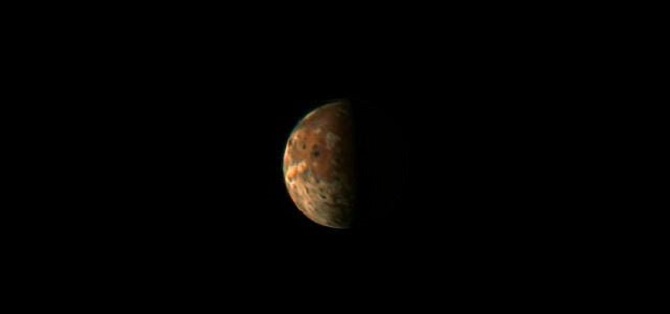
In addition, gravitational data were collected, on the basis of which scientists compiled a map of Jupiter’s core. A lot of heavy material was found in it, which came as a surprise to the researchers. This suggests that the giant planet may have devoured the building blocks of the Solar System planetesimals, which contributed to its growth.
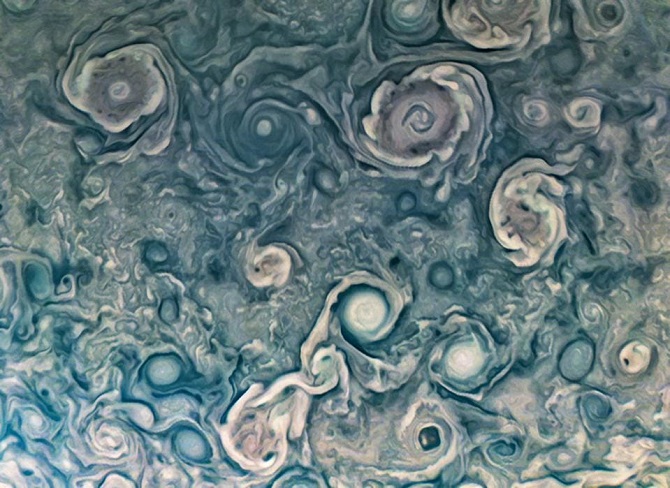
More than 60,000 images taken by the spacecraft are being used by civilian scientists in the Jovian Vortex Hunter project. It is led by researchers at the University of Minnesota with support from NASA. The images help them learn more about the giant planet’s atmosphere.
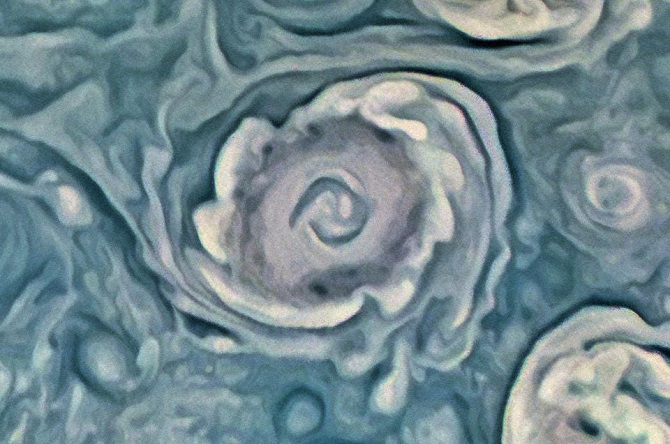
Enthusiasts help astrophysicists. They categorize thousands of images taken by Juno using only a web browser. The research team, in particular, identifies atmospheric vortices – Jupiter’s atmosphere is made up of helium and hydrogen, but it has many clouds of different sizes and shapes.
According to Ramanakumar Sankar of the University of Minnesota, there are so many images that it would take a team of scientists several years to study them. Therefore, they needed the help of interested enthusiasts to help determine where the vortices are and how they appear.
The information provided by civilian scientists will be used not only to study the giant planet. With its help, it will be possible to write a computer algorithm, thanks to which the determination of the features of Jupiter’s atmosphere will accelerate.

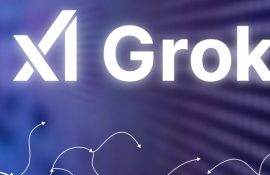




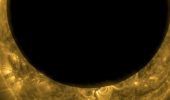
Only registered users can leave comments